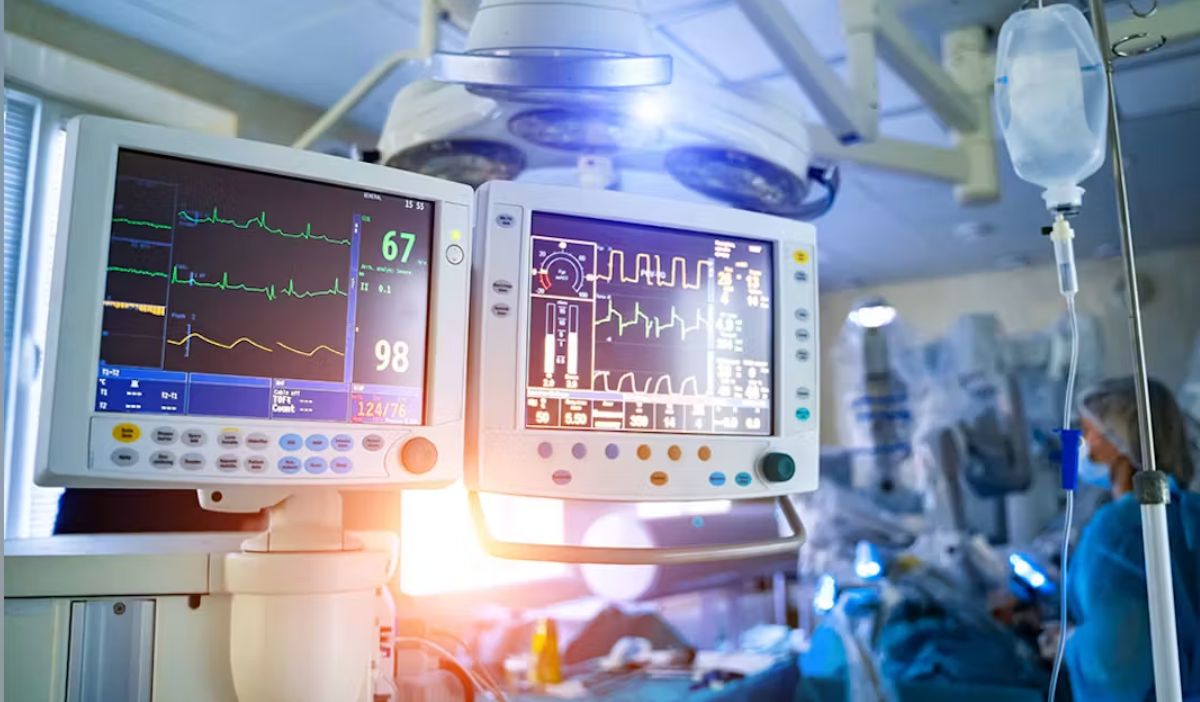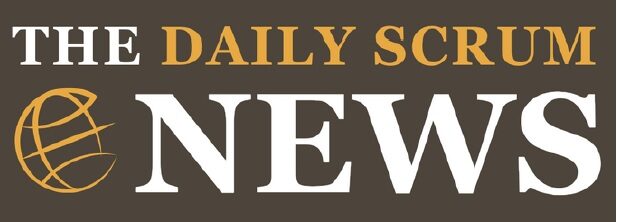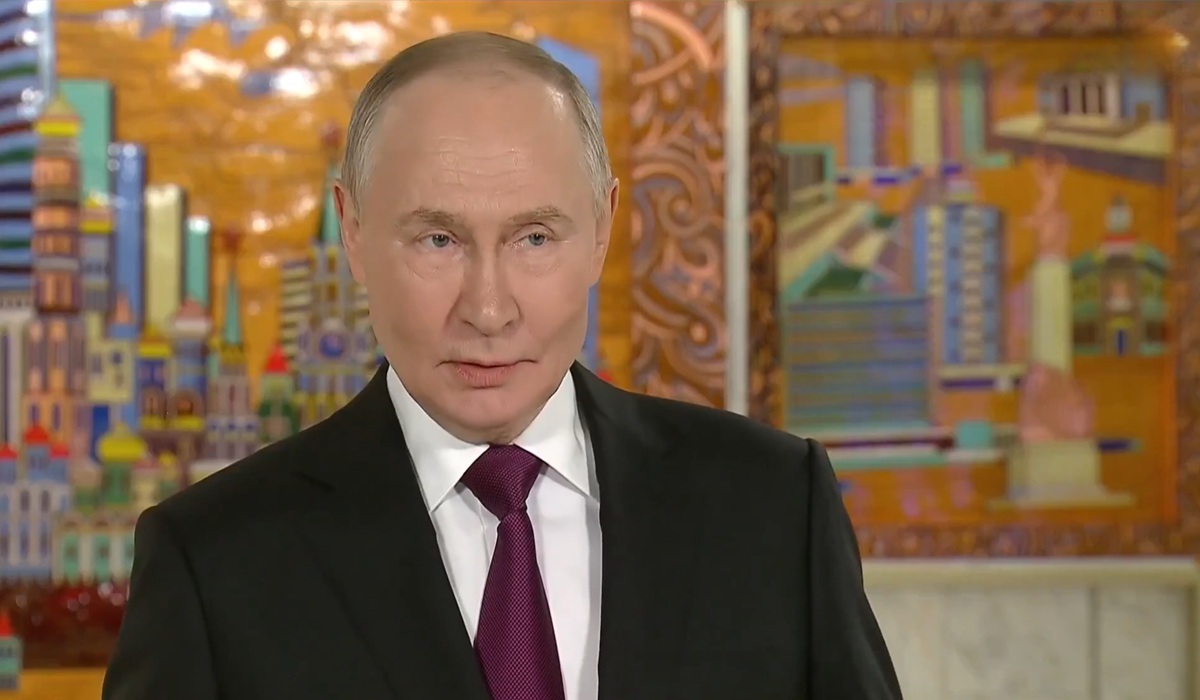The Patient Monitoring Devices Market is estimated to be valued at US$ 43.1 Bn in 2030
- Ronak Shah
- U.S.A
- January 29, 2025

A newly published report by Coherent Market Insights reveals a sustainable growth opportunity in the Patient Monitoring Devices Market. Coherent Market Insights’ analyst projected the patient monitoring devices market to be valued at US$ 43.1 Bn in 2030. It is expected to exhibit a CAGR of 6.8% over the forecast period 2023-2030.
Increasing prevalence of chronic diseases such as cardiovascular diseases, diabetes, respiratory diseases drive market growth. According to the WHO (World Health Organization), in 2020 cardiovascular diseases were the leading cause of death, at around 17.9 million deaths annually. This rising incidence of chronic diseases has propelled demand for patient monitoring devices for continuous monitoring of vital health parameters of patients.
Furthermore, technological advancements in patient monitoring devices such as low-power wireless connectivity and miniaturization also supplement market growth.
Key market trends include: Adoption of IoT in Healthcare and Remote Patient Monitoring- Integration of patient monitoring devices with internet of things (IoT) and introduction of remote monitoring solutions have opened new avenues of growth in market. IoT connected devices allow continuous monitoring of patients’ health outside hospital setup and enable predictive care
Wearable Patient Monitoring Devices- Miniaturization of wearable devices has expanded scope of patient monitoring beyond hospitals to homes and ambulances. Devices such as smartwatches integrated with ECG, pulse oximeters function as home-based patient monitoring solutions. Growing popularity of wearable healthcare devices especially among geriatric population acts as major trend.
Patient Monitoring Devices Market Opportunities: By device type- Respiratory and anesthesia monitors hold a major market share due to the growing prevalence of respiratory diseases as well as an increase in the number of surgical procedures performed globally. Technological advancements enabling features like integrated monitoring and wireless connectivity are further expected to drive the adoption of these monitors.
Neuro monitoring devices are gaining traction owing to the rising cases of neurological disorders and the need for continuous monitoring during high-risk neurosurgeries. Real-time monitoring of vital brain signals helps reduce complications during complex surgeries. Additionally, the growing geriatric population who are more susceptible to neurological conditions will further propel the need for neuro monitors in the coming years.
Key Market Takeaways: The global patient monitoring devices market is anticipated to witness a CAGR of 6.8% during the forecast period 2023-2030. This is owing to the increasing prevalence of chronic diseases, rising geriatric population and technological advancements in monitoring devices.
On the basis of device type, respiratory and anesthesia monitors segment is expected to hold a dominant position. This is owing to the high volume of respiratory diseases and surgical procedures globally.
On the basis of end user, hospitals are expected to hold the largest market share. This is due to the high volume of patient admissions and the need for continuous monitoring in critical care units.
By region, North America is expected to hold a dominant position over the forecast period. This is due to the growing elderly population, rising healthcare expenditure and early adoption of advanced technologies.
Competitor Insights: Key players operating in the patient monitoring devices market include 3M, Boston Scientific Corporation, Covidien, Drägerwerk AG and Co. KGaA, GE Healthcare, Medtronic Plc, Mindray Medical, Omron, Nihon Kohden Corporation, Biotricity Inc., Natus Medical Incorporated., Koninklijke Philips N.V., DexCom, Inc.
Recent Developments: In February 2023, 3M, a multinational conglomerate based in the United States, revealed that it has improved its medical adhesive that can attach to the skin and is intended for use with a wide range of health monitors, sensors, and long-term medical wearable devices. Prior to 2022, the average wear time for extended medical adhesives was up to 14 days. 3M is now doubling that standard to help deliver a more patient-centered type of care. More information in full report








